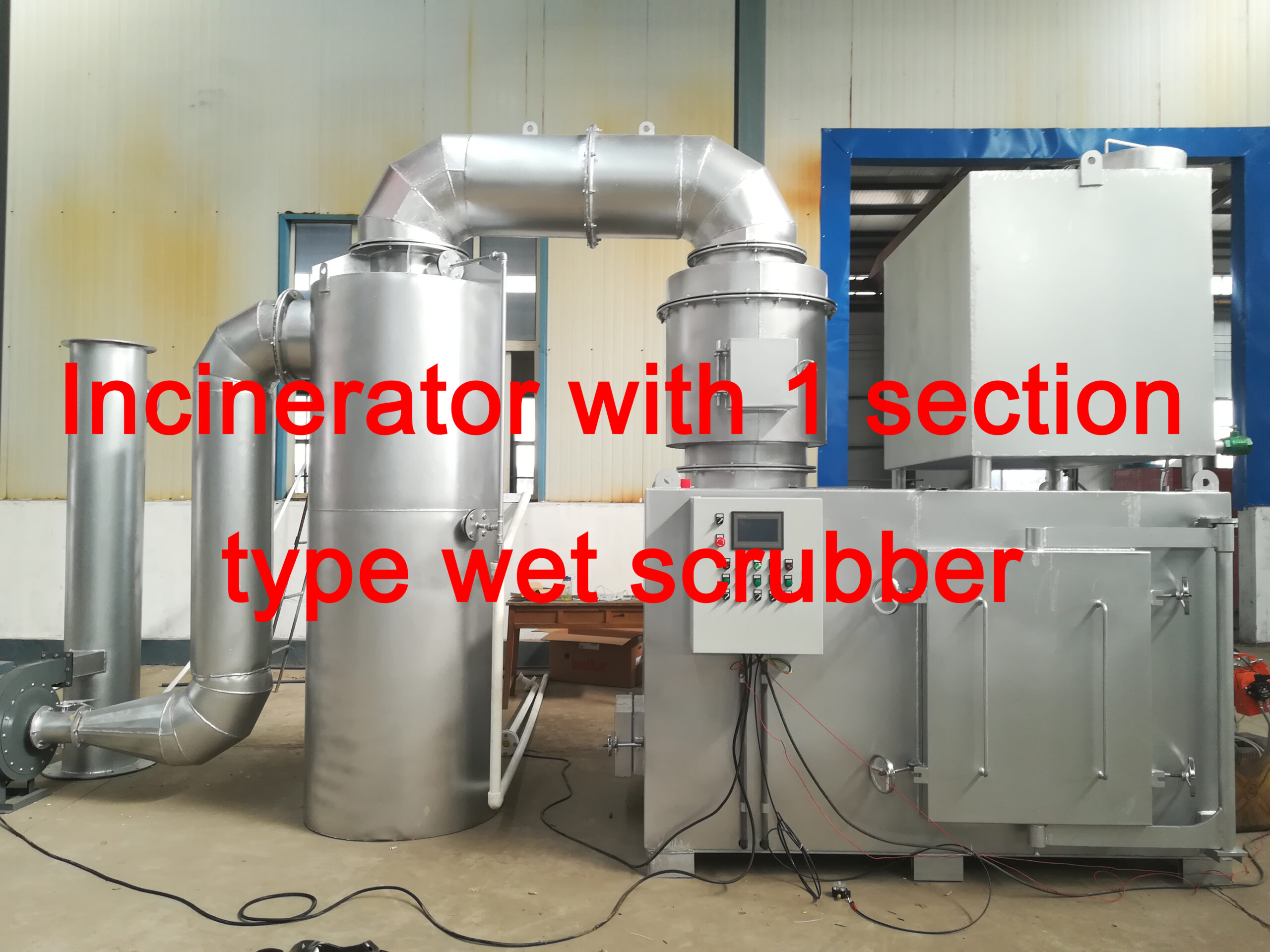Ebola, a deadly virus that causes severe bleeding and organ failure, has had devastating effects on communities in Africa for decades. The recent outbreak in West Africa in 2014-2016 highlighted the urgent need for effective measures to contain the spread of the virus and protect communities from contamination. One crucial tool in the fight against Ebola is the use of incinerators to safely dispose of infected materials and reduce the risk of transmission.
Incinerators are specially designed to burn waste at extremely high temperatures, effectively destroying pathogens such as the Ebola virus. This makes them an ideal solution for disposing of contaminated materials, including personal protective equipment (PPE), medical waste, and animal carcasses. By incinerating these materials, the risk of the virus spreading through contact with infected items is greatly minimized, protecting both the public and the environment.
In addition to the direct benefits of preventing the spread of Ebola, incinerators also offer a range of other advantages for communities affected by the virus. For example, they can help to reduce the volume of waste generated during an outbreak, making it easier to manage and dispose of contaminated materials safely. This is particularly important in resource-limited settings, where traditional waste management systems may be inadequate to handle the increased volume of medical waste.
Furthermore, incinerators can be used to sterilize medical equipment and PPE, allowing them to be safely reused or recycled. This helps to alleviate shortages of critical supplies during an outbreak and ensures that healthcare workers have access to the equipment they need to safely care for patients.
In some cases, specially designed mobile incinerators have been deployed to remote or underserved areas where traditional waste management infrastructure is lacking. These units can be quickly set up and put into operation, providing a rapid and effective means of managing contaminated materials in areas where the risk of Ebola transmission is highest.
Despite their clear benefits, it’s important to note that the use of incinerators in the fight against Ebola is not without challenges. For example, there may be concerns about air pollution and emissions from incineration processes, as well as the need for proper training and maintenance to ensure that the equipment is operated safely and effectively.
Nevertheless, the potential benefits of using incinerators to protect communities from Ebola contamination are significant. By safely disposing of infected materials and reducing the risk of transmission, these systems play a critical role in containing the spread of the virus and safeguarding public health. As such, the continued development and deployment of incineration technology in the fight against Ebola is an important aspect of global efforts to prevent future outbreaks and protect vulnerable communities.



